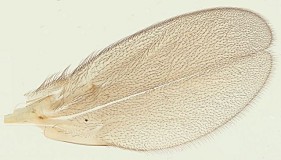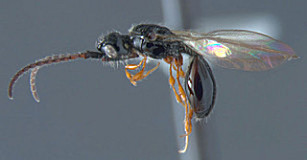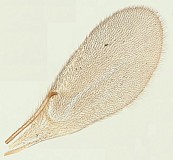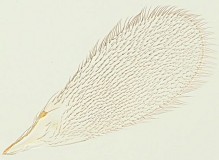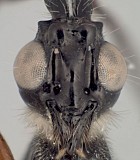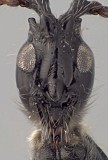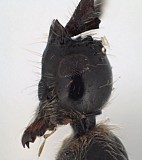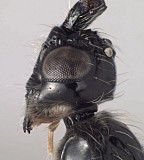Diapriidae
Fore wing with subcosta complete, although apical part of vein is frequently hyaline; post-occipital carina absent; fore wing of female entire, with no suggestion of an apical incision; antennae of male with very short first flagellar segment, which is always much shorter than second……Psilus Panzer
Fore wing with subcosta incomplete; post-occipital carina present though sometimes poorly developed; fore wing of female (rarely that of male) always deeply and sharply incised at apex; first segment of antennal flagellum of male never shorter than second……Coptera Say
Spilomicrus hemipterus has been collected from puparia of Anomoia purmunda infesting Crataegus, and from various Rhagoletis species infesting Lonicera, Prunus, and Berberis in Europe (Hoffmeister 1990, Hoffmeister 1992).
Trichopria was recorded by Bodenheimer (1951) from pupae of Ceratitis capitata in Israel. Other records are discussed in Ovruski et al. (2000)
